With its beautiful beaches lined with colorful umbrellas, sweet laid back atmosphere, and those famous views, it’s easy to think of the Amalfi Coast as a holiday spot just for soaking up the sun. Don’t get me wrong, there’s no other place I’d rather relax on the beach. Yet what many travelers don’t realize is that there’s a wealth of historical layers to the Amalfi Coast that are fascinating to discover along with the incredible natural beauty.
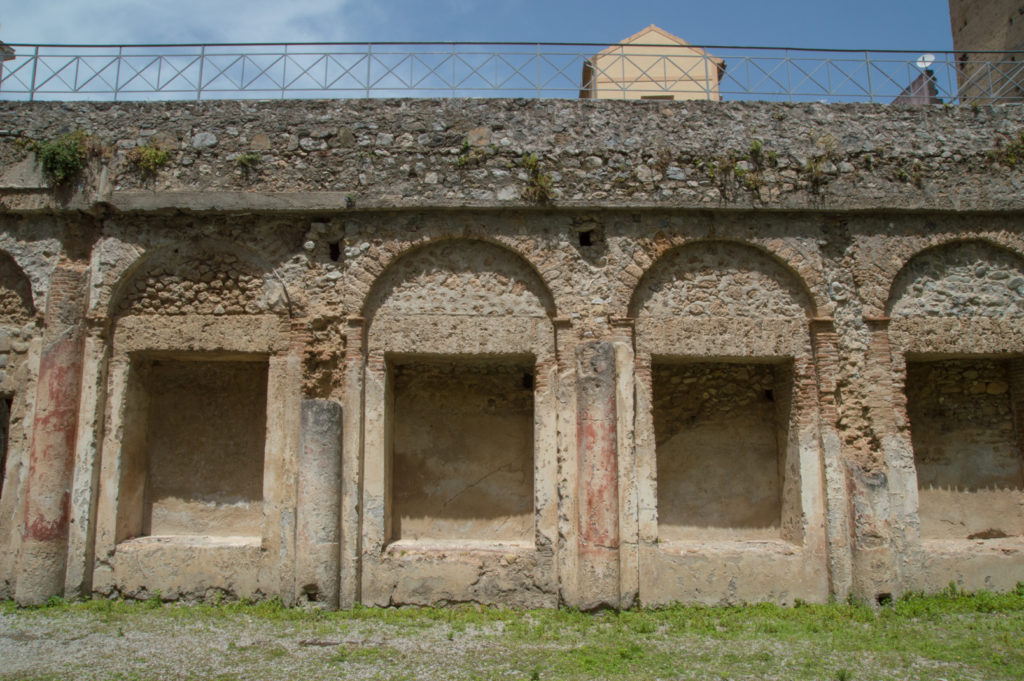
For instance, did you know that the ancient Romans once enjoyed holidaying on the Amalfi Coast, too? Traces of Roman life on the coastline have been found in various places, including below the center of Amalfi, on the Li Galli Islands, Vietri sul Mare, below the Church of Santa Maria Assunta in Positano, and most notably in the town of Minori. Nestled in the valley below Ravello, Minori is just a short jaunt or pleasant 10 minute ferry ride east of Amalfi.
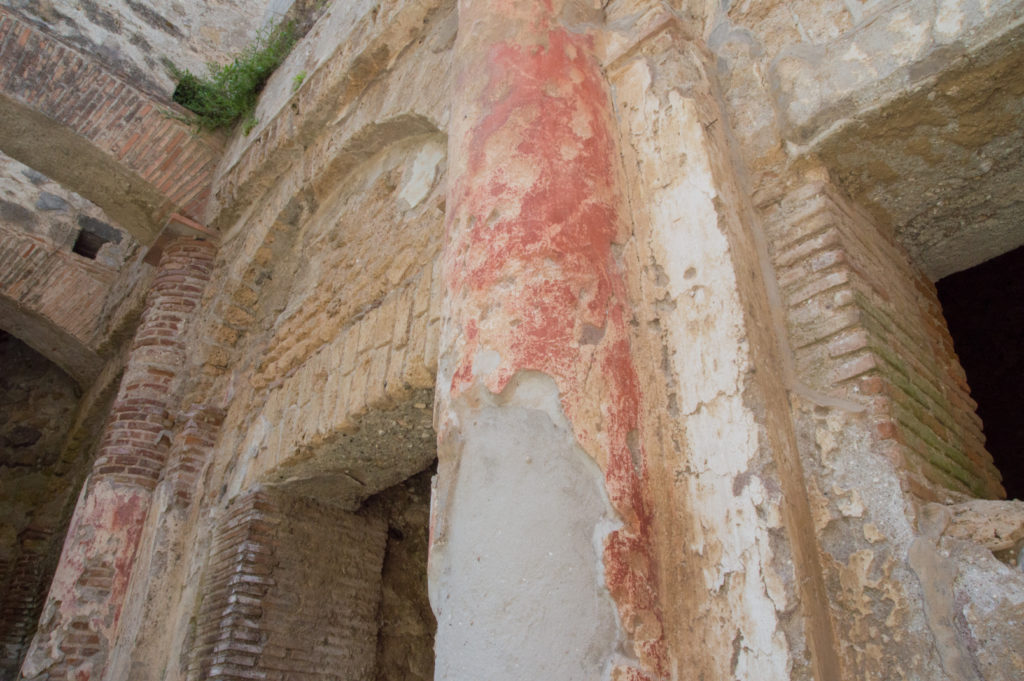
While the ancient cities of Pompeii and Herculaneum make excellent day trips from the Amalfi Coast, the Villa Romana in Minori offers the chance to walk through a Roman seaside villa dating back to the 1st century BC. Of the Roman ruins discovered along the Amalfi Coast, the Villa Romana is the largest. The archaeological area covers over 2,500 square feet (232 square meters) and was once a large private estate.
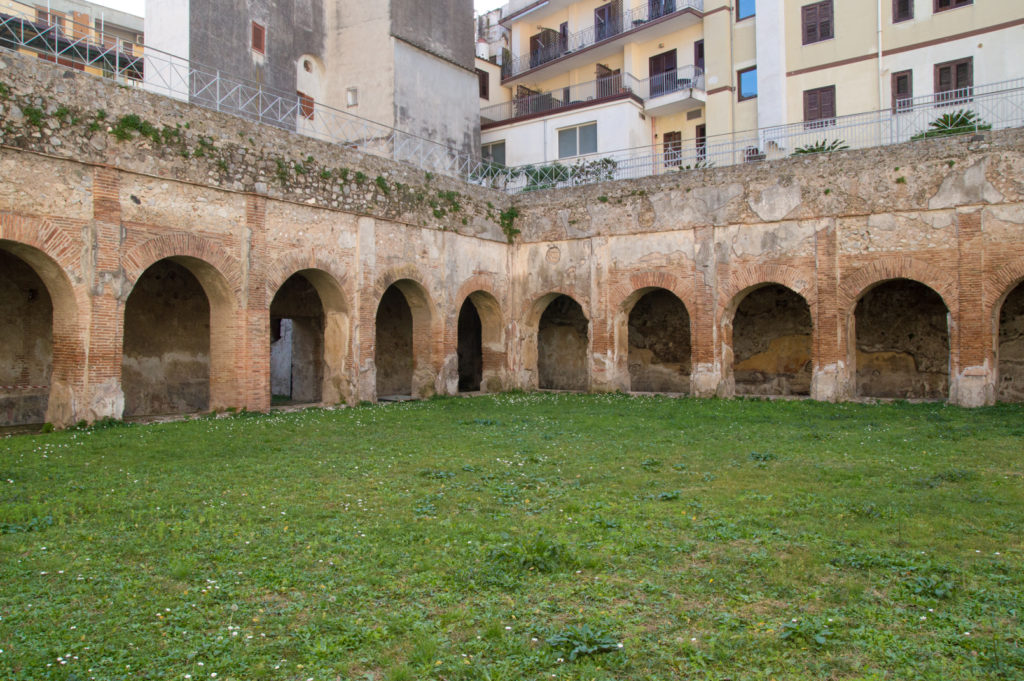
Located right in the center of town, the Villa Romana is only steps from the Amalfi Coast Road as it winds through Minori. Like many ancient sites in the area, the ruins of the Villa Romana are situated well below the street level now. Over the centuries the city was built over the top of the Roman villa. Today a good part of the villa lies below modern day Minori, with buildings immediately surrounding the excavation area. Before entering, stop to gaze down on the large garden with a pool surrounded on two sides by a triportico, a covered passageway lined with columns and arches.
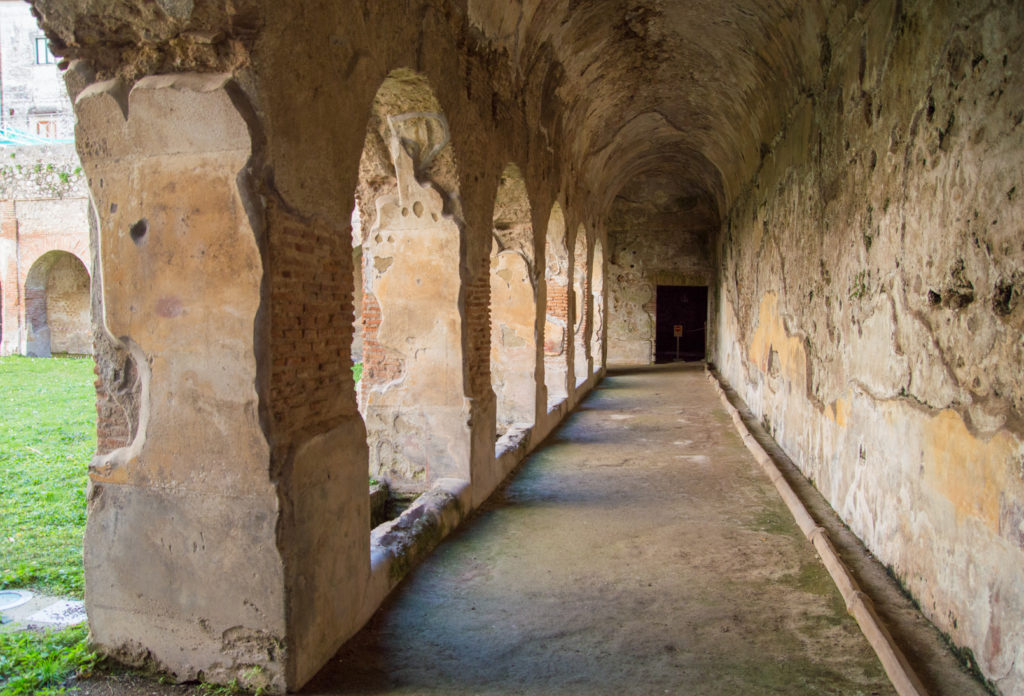
The experience of visiting Minori’s Villa Romana simply cannot be compared to the scale of the ruins of Pompeii and Herculaneum – entire cities that offer much more complexity and variety. Yet what makes this site appealing is precisely its isolation. The villa sprawls across several levels as it was built into the natural slope of the valley right over the Regginolo river that runs down to the sea. Just imagine the tranquility of this spot all those centuries ago. Now that’s what you call a holiday spot!
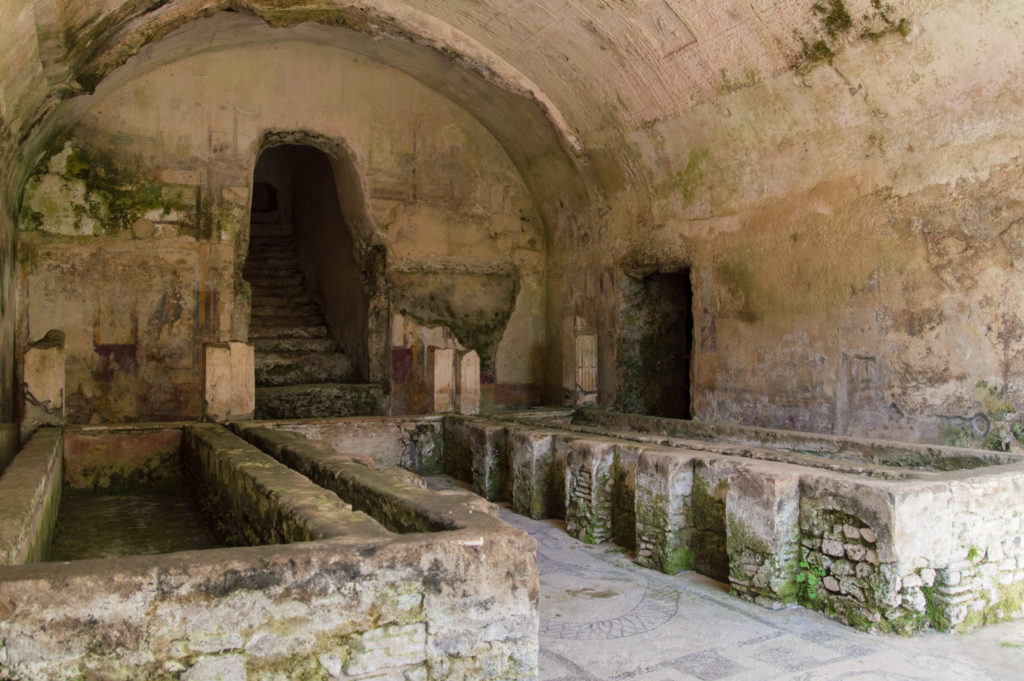
An impressively long and grand staircase leads from where the upper levels would have once been located down to the triportico and the garden level. While the rooms are quiet and dark now, they would have once been used for entertainment and music. Especially the most lavishly decorated area called the nymphaeum. This room would have been the heart of the villa for dining and still features mosaics, traces of frescoes, and the remains of what was once a waterfall feature at the end of the room.
Just off the nymphaeum inthe garden is a small pool that was once in the center of the villa, meaning the garden area was about twice as large as is visible today. The remaining garden area lies below modern day Minori, but there are more excavated areas nearby that are primarily baths. However, these rooms are rarely open to the public.
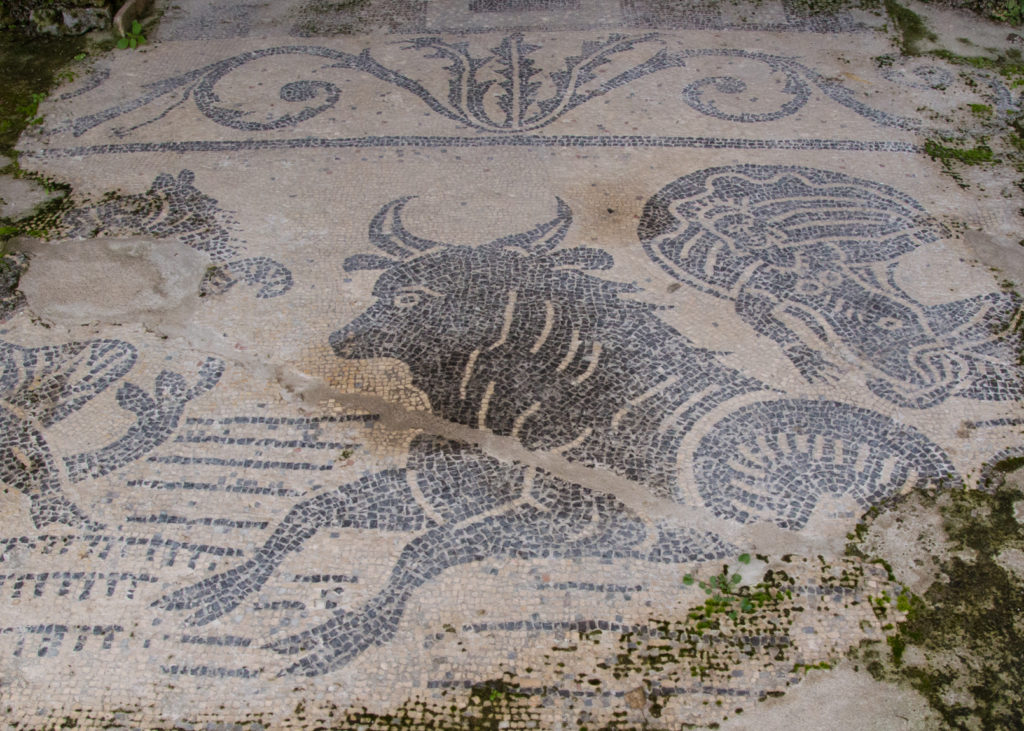
The ruins of the Villa Romana were noted in the 1870s and later excavated in more depth starting in 1932. After exploring the villa and imagining how splendid it would have been in its grandeur, do stop in the small museum of archaeological items that were uncovered in Minori and the surrounding areas.
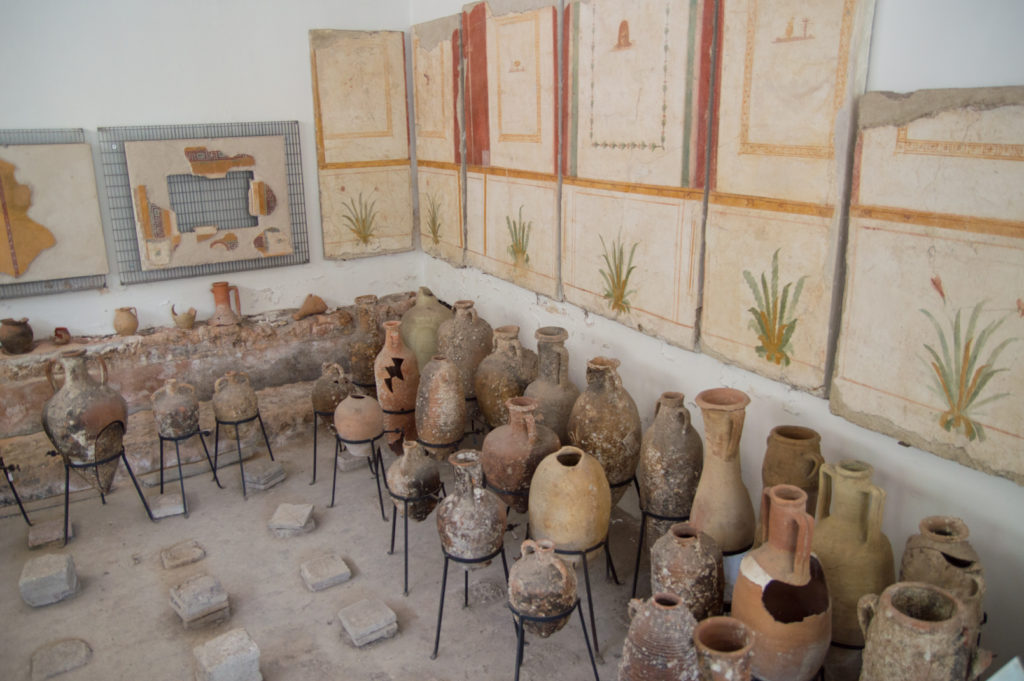
The Villa Romana has been in the press recently thanks to the excellent news that it has been awarded €4.9 million Euros for restoration work from the Ministero per i beni e le attività culturali (MiBAC), the government agency responsible for the preservation of Italy’s rich cultural heritage. This is excellent news for this historic site, which can be preserved better and greatly enriched to make it even more engaging for an international audience. I am eager to see how the Villa Romana develops, but the future is looking good.
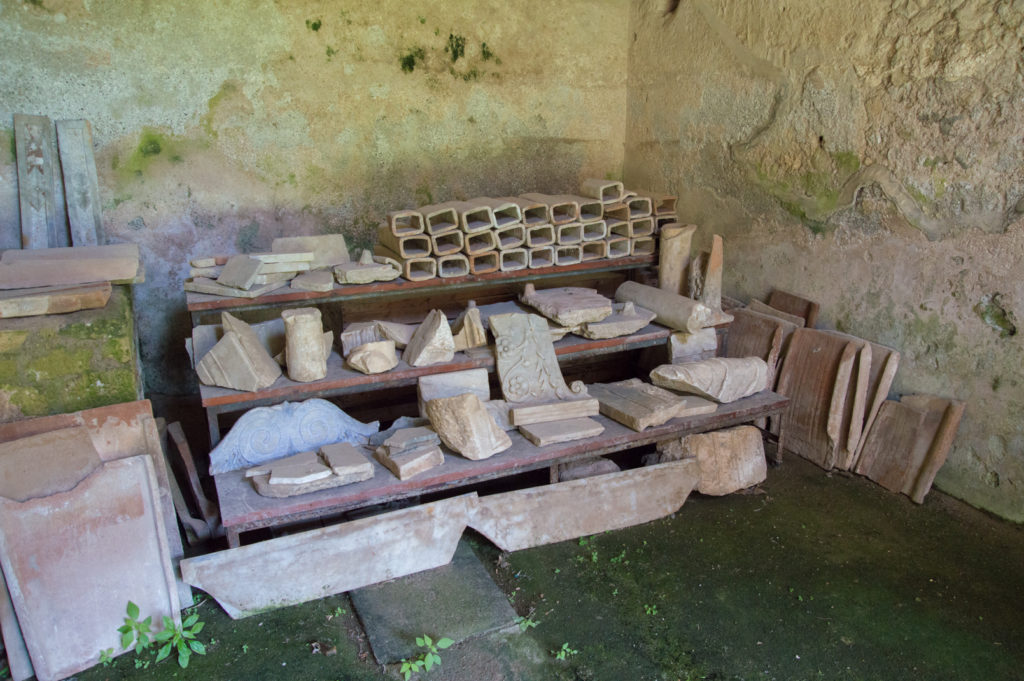
However, don’t wait to visit! The Villa Romana is already a fascinating place to step back in history for a little while during your Amalfi Coast explorations. If it’s not already there, definitely put Minori on your Amalfi Coast list, but that’s a post for another day. But as a sneak peak, other highlights include stopping for tempting desserts at the Sal de Riso pastry shop, walking among lemon groves on the Sentiero dei Limoni, and many festivals and events throughout the year to experience.
The Villa Romana is open year round and is free to enter. More information on hours and visiting can be found here.
Villa Romana
www. villaromanaminori.com
Via Capo di Piazza 28
tel. 089/852-893
9am-one hour before sunset daily, closed May 1, Dec. 25, and Jan. 1;
Free entrance
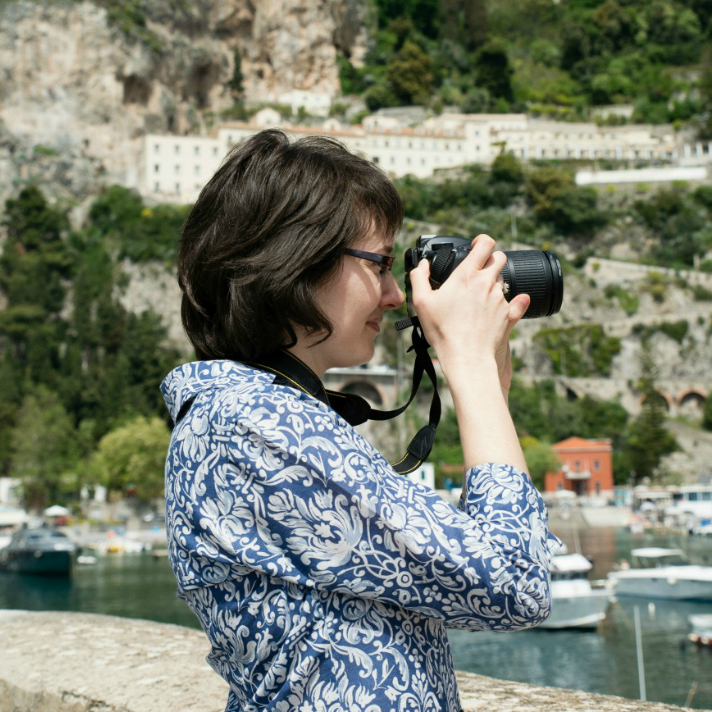
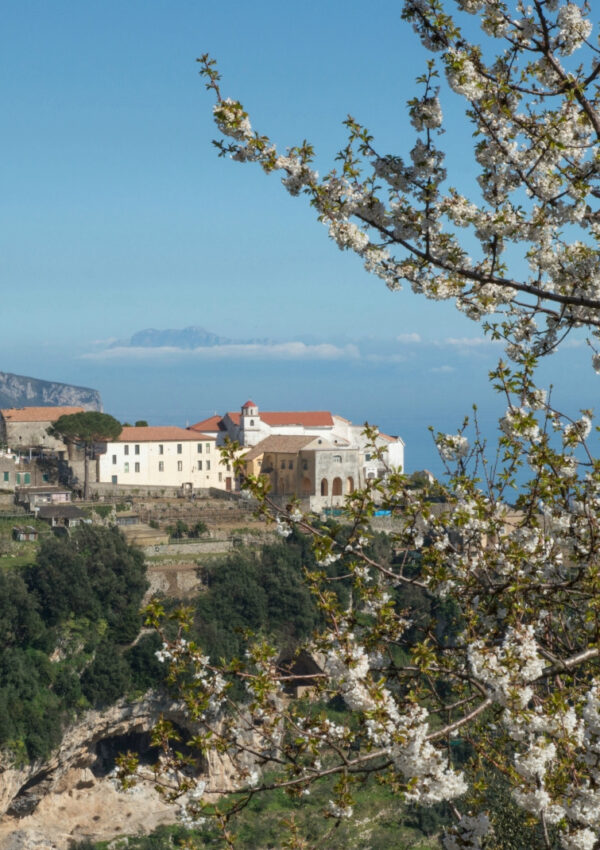
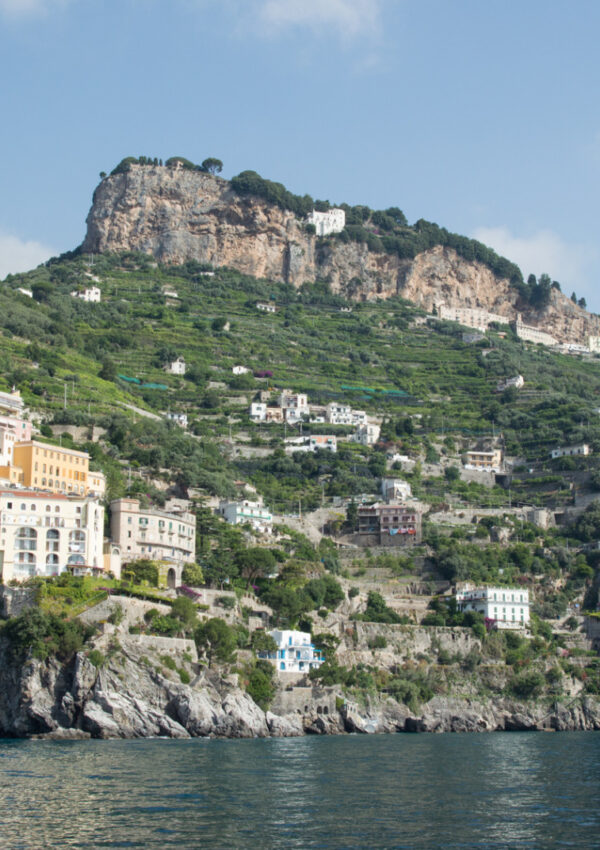
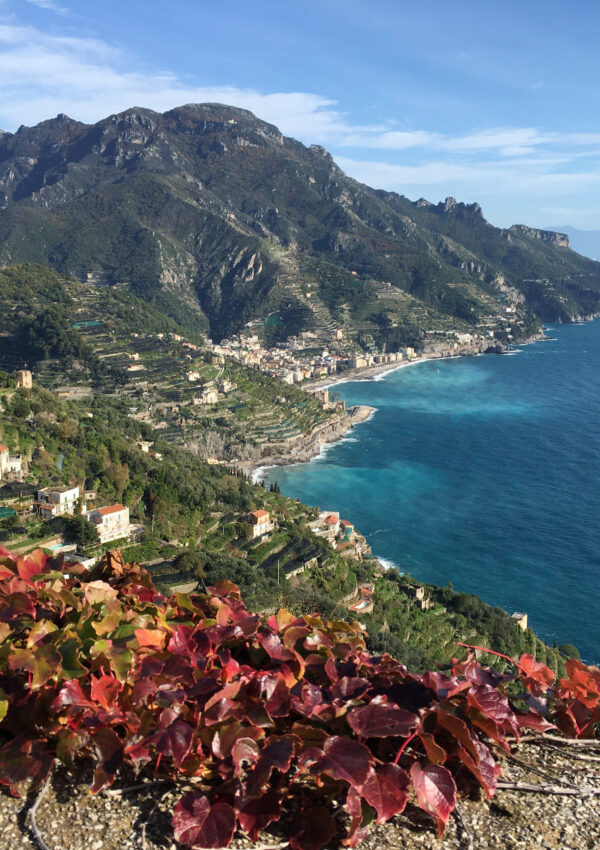
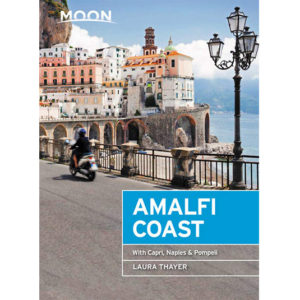

Leave a Reply